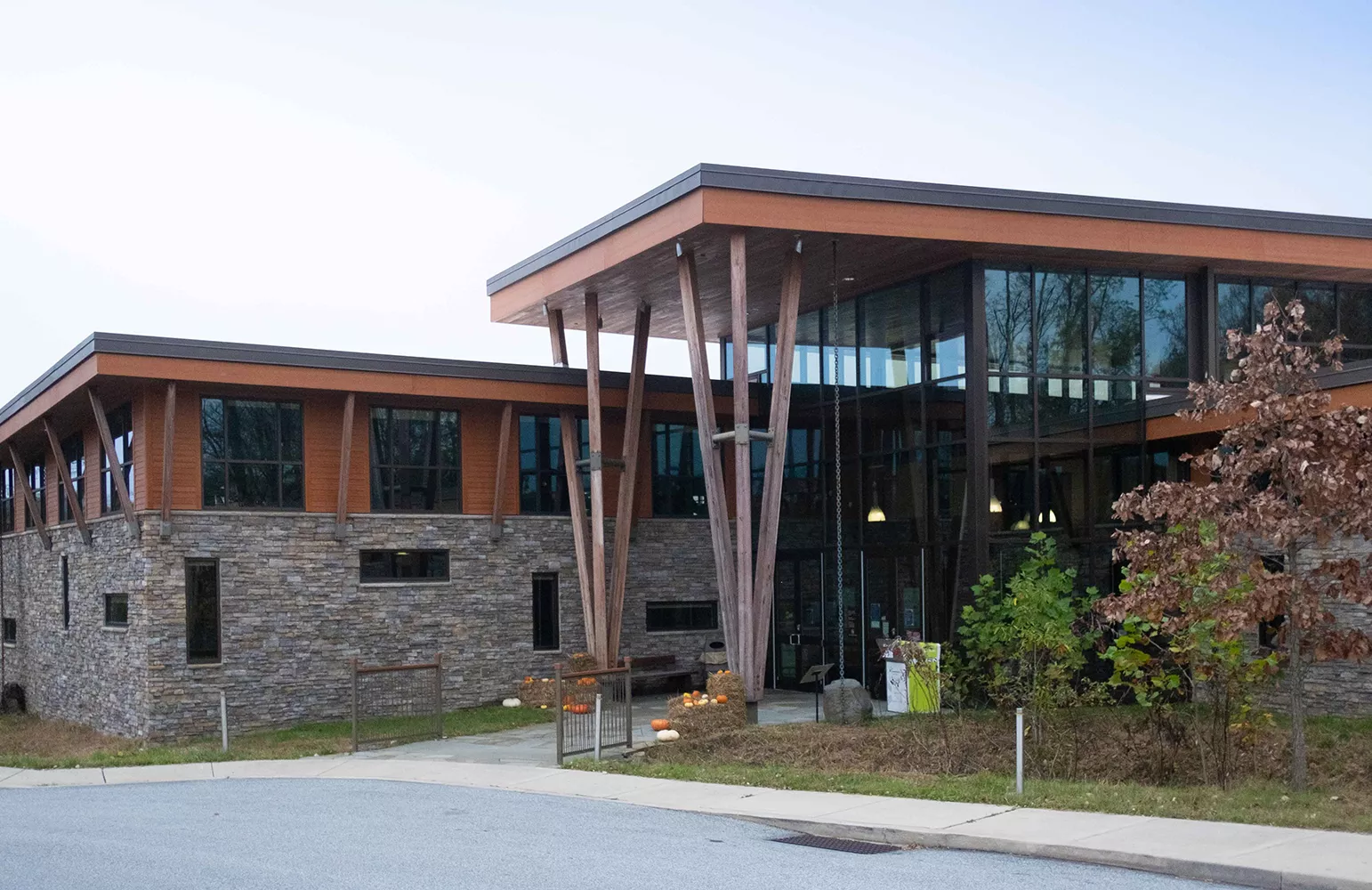Prof. Victor Donnay & Students Present Solar Energy Proposal to Haverford Town

Haverford Township may soon be using solar panels to power several of its facilities, and Bi-Co students and Professor of Mathematics Victor Donnay have played a key role in making that move to renewable energy a possibility.
With support from Bryn Mawr’s Summer Science Research Program, Donnay and students Liwei Yang ’21 and Johnluca Fenton (HC ’21) worked with Haverford township residents Joy Baxter, Jen Leith, and Dave Foster on a solar panel installation proposal that was presented to the Haverford Township Board of Commissioners at a September working meeting.
Since that meeting, the Board has moved forward to explore possible approaches to fund the installation of panels at various locations. The final decision about funding the project will happen as the overall township budget is finalized in the coming months.
The presentation included plans for panels to be installed on the Haverford Community Recreation and Environmental Center (CREC), the township’s skating rink, several of the buildings at the township facilities yard on Hilltop Road, and at the Haverford township municipal complex. Any final decision about panel placement will depend on a number of factors.
Liwei was responsible for constructing and refining the financial models presented to the township.
“I started by sorting out the important data we needed, such as the area of the roof and estimated solar system size from our requests for proposal. Then, I began to build the model on an Excel spreadsheet from very simple equations to estimating more detailed information, including annual revenue from selling electricity and solar credits, tax incentives available, return of investment (ROI), and possible municipal bond options,” says Liwei.
The project grew out of the Climate Change 360° Donnay was part of during the spring 2020 semester. Due to COVID-19, the participants weren’t able to go to Freiburg Germany as originally planned, but they were able to engage with people there through webinars.
“We learned that a lot (more than 50 percent) of renewable energy projects in Germany have been funded by citizen coops,” says Donnay. “That is such a different approach than in the U.S., and we were intrigued.”
For their final project in the 360°, John Luca and Samantha Van Cott ’20, along with Jeremy Akin (HC ’20) and Sophia McConnell ’20, who were in Donnay’s Praxis Independent Study seminar on sustainability, researched the solar potential of the township buildings and possible financial arrangements. They presented their findings to the township’s Environmental Advisory Committee in late spring.
The presentation was well received, and Donnay, who is a resident of Haverford Township, decided to continue the project with Liwei and Johnluca.
“It has been exciting working with the Climate Change 360° class and my co-faculty in the program, Professor Carol Hager from Political Science and Bob Dostal from Philosophy, to learn about the cutting-edge work being done around climate change in Germany and then seeing how we might adapt their approaches to the different context we face in Pennsylvania and the United States,” says Donnay.